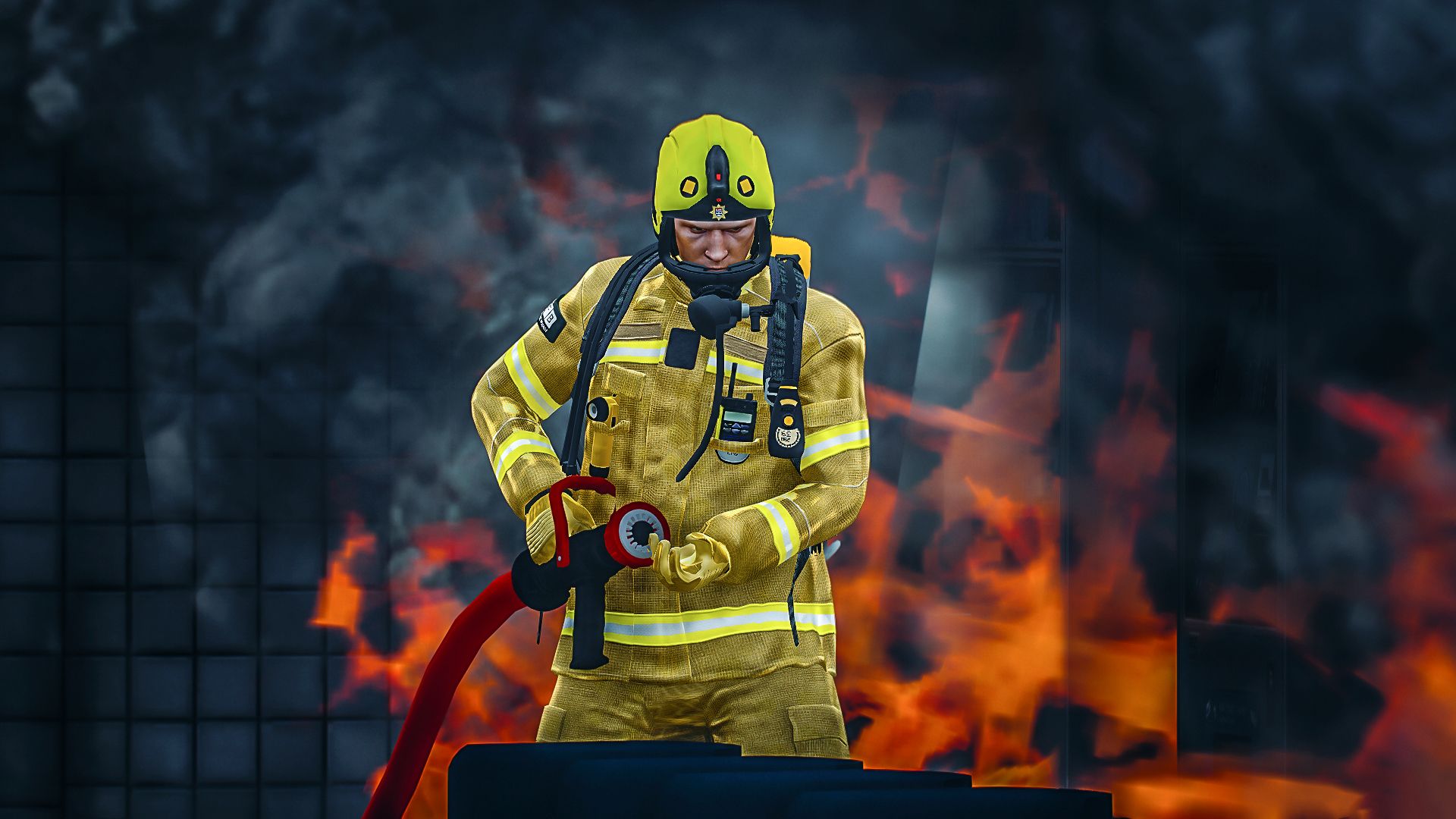The Weekly Reflektion 25/2024
The principles of inherent safety are key to understanding how to manage risks effectively. The hierarchy for actions and measures, in order of importance, is; eliminate the hazard, substitutute the hazardous material for something less hazardous, apply technical measures to isolate the people from the hazard, provide procedures that reduces the potential for exposure to the hazard, and finally protect the people exposed to the hazard with Personal Protection Equipment (PPE). Improving the quality and performance of PPE is of course important, however be careful that these improvements do not lead to the people becoming complacement and overconfident and increasing their exposure.
How do you protect your emergency response teams when they push the limits to save lifes?

Thank you to Lonan Kierans at Proactima for his feedback on our work at Reflekt and for the inspiration behind this week’s Reflektion.
Many years ago, London Fire Brigade experienced several serious incidents, including two which resulted in fatalities. During the subsequent investigations and reviews, one of the factors considered as being a contributing factor was PPE. LFB had previously introduced new and improved protective equipment and clothing for their firemen. One of the consequences was that the firemen felt «safer» and therefore exposed themselves to greater danger. Further training was provided for the firemen on hazard awareness and riskassessment and the trend was reversed. The Fire Brigade also improved training for their on-site commanders including how to ensure fireman were not exposed to an unacceptable risk. This required an understanding of both the performance and the limitations of the PPE.
When I started offshore in the petroleum industry, we had training on fighting fires at the Fire and Emergency Response Training Centre in Montrose, just south of Aberdeen. We went into burning buildings with protective clothing and breathing apparatus to rescue dummies. We worked in teams to approach a high-pressure gas fire to shut the iconic valve and stop the gas-flow. The water shield from the firehose nozzles absorbed the heat even as the flames licked into the low-pressure area caused by the spray. It looked even more dramatic when watching others carry out the task. The experience and the knowledge could easily have made us overconfident in fighting a fire and underestimating other potential hazards. Today the training for personnel that do not participate in the emergency response teams is based on learning to use a fire extinguisher on local fires and running away from process fires. When it comes to hydrocarbon fires offshore the basic message is ‘get the people out’ and let the shutdown and deluge systems deal with the heat and flames. If it gets really bad, then evacuate the platform. Thankfully there has not been an ignited hydrocarbon release offshore Norway since the blowout on the West Vanguard rig 6th October 1985.
When the hazard cannot be eliminated, and when technical and operational measures are not available to fully protect people from a hazard, then PPE is the next step in reducing risk to an acceptable level. Advances in PPE may make people complacent and give them confidence in tackling somesituations. This confidence may lead to greater exposure to other hazards. As always, our decisions should be based on an assessment of the overall risk and account for all potential hazards.
